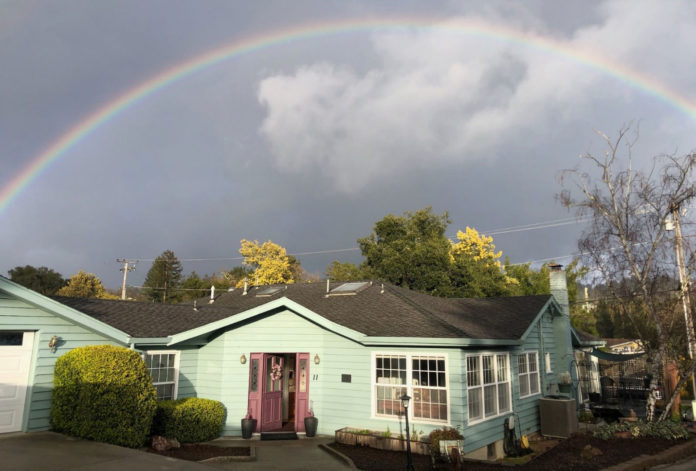
As my parents suffered lingering deaths from cancer and Alzheimer’s, they appreciated long-term care insurance, and their purchase enlarged my inheritance. I am a 62-year-old paraplegic planner receiving home care while working diligently—and subsidized retirement living terrifies me enough to save. After all, 70% of seniors will need long-term care, about 3.7 years for women and 2.2 years for men.
According to Genworth Financial, the annual median expense of LTC in a nursing home facility in 2021 was $94,900 semi-private or $108,405 for private rooms. But seek neighborhood solutions because the Residential Care Facility for the Elderly (RCFE) I once ran charged as little as $54,000 and accepted ALW waivers for less pay. Consider financial strategies: self-financing, family financing, long-term care insurance or Medicaid (Medi-Cal).
Family home care decimates prices, but many families won’t help. The best candidates for self-financing have either hefty savings from stocks, bonds and real estate or substantial pensions so that they wouldn’t run short—the risk of self-financing. Cash value from insurance or home equity loans pay for care homes while reverse mortgages can pay for in-home care used by most elders.
Control over your location and care level usually declines as you pay less personally; your life may lack flavor if you give up homes, books, travel, pets, social and religious activities to qualify for Medi-Cal—all that distinguish you as a flourishing individual.
What about long-term care insurance financing? “A 55-year-old male in standard health would pay $2,100 a year for a policy offering $165,000 of total lifetime coverage with a 3% inflation rider; a 55-year-old female would pay $3,600 per year,” according to the Long-Term-Care Association. Fearing destitution and government care, retirees with modest pensions, family histories of chronic illness, humble savings or poor financial management should consider LTC insurance that probably only the self-employed will deduct. Benefits received, incidentally, are considered taxable income only when they pay for non-medical care.
Middle class families can afford payments, but lingering illness may force them onto Medi-Cal. Long-term care policies frequently don’t cover family assistance or Medi-Cal covered items like end-of-life care. And residents must qualify for these policies, generally by applying while they still are reasonably healthy. Hybrid policies which combine life and LTC insurance reduce the chance that elderly may pay for policies for years that go unused; a third of our elderly waste money on LTC because they don’t need it.
Medicare (for elderly and disabled) offers limited coverage for non-medical care, but Medi-Cal (for indigent) pays for roughly 20% of retirees’ nursing home stays. In the past, elderly could go on wasteful splurges to draw down resources, but as of April 2024, individuals can retain unlimited assets without affecting Medi-Cal payments.
The income limit for California’s Medi-Cal program for people ages 65 and older or who are disabled is $1,732 per month for an individual and $2,351 per month for a couple, so it is hard to exclude income from securities, rentals or retirement funds. Or the state will share costs with the ill on Draconian terms: “If you make $1,600 a month,” states Attorney Tiffany Huyenh-Cho, “$1,000 has to go toward paying for your care.” Cash value from life insurance and some hybrid life/LTC policies affect eligibility. IRA or 401(k) required minimum distributions can make retirees too rich for Medi-Cal.
Most retirees prefer a choice in care homes and care quality, so Medi-Cal simply keeps mountain elderly from dying in the streets. We’d love to define our legacies with gifts to kids or charities, but heirs of Medi-Cal beneficiaries may lose estates to post-mortem Medicaid Estate Recovery (MERP) programs. Wealth-retention strategies exclude most gifting because of a five-year lookback period—so gift while healthy. But special needs trusts can maintain eligibility and pooled SNT’s combine the resources of many retirees to obtain professional management at a price.
After 2017, life estates, life insurance, annuities made out to others and living trusts can protect property because it is not subject to probate. Consult the experts. Then save well and breed well to preserve choice in life and estate for legacy.
Robert Arne, EA, CFP, MS, of Carpe Diem Financial Life Planning, gives holistic financial advice as his client’s fee-only fiduciary. This Mortgage Loan Originator (NMLS #2565162) serves mostly Santa Cruz Mountain dwellers. These articles must not be read as personal financial, mortgage, tax or investment advice; consult appropriate professionals. Learn more at www.carpediem.financial.











